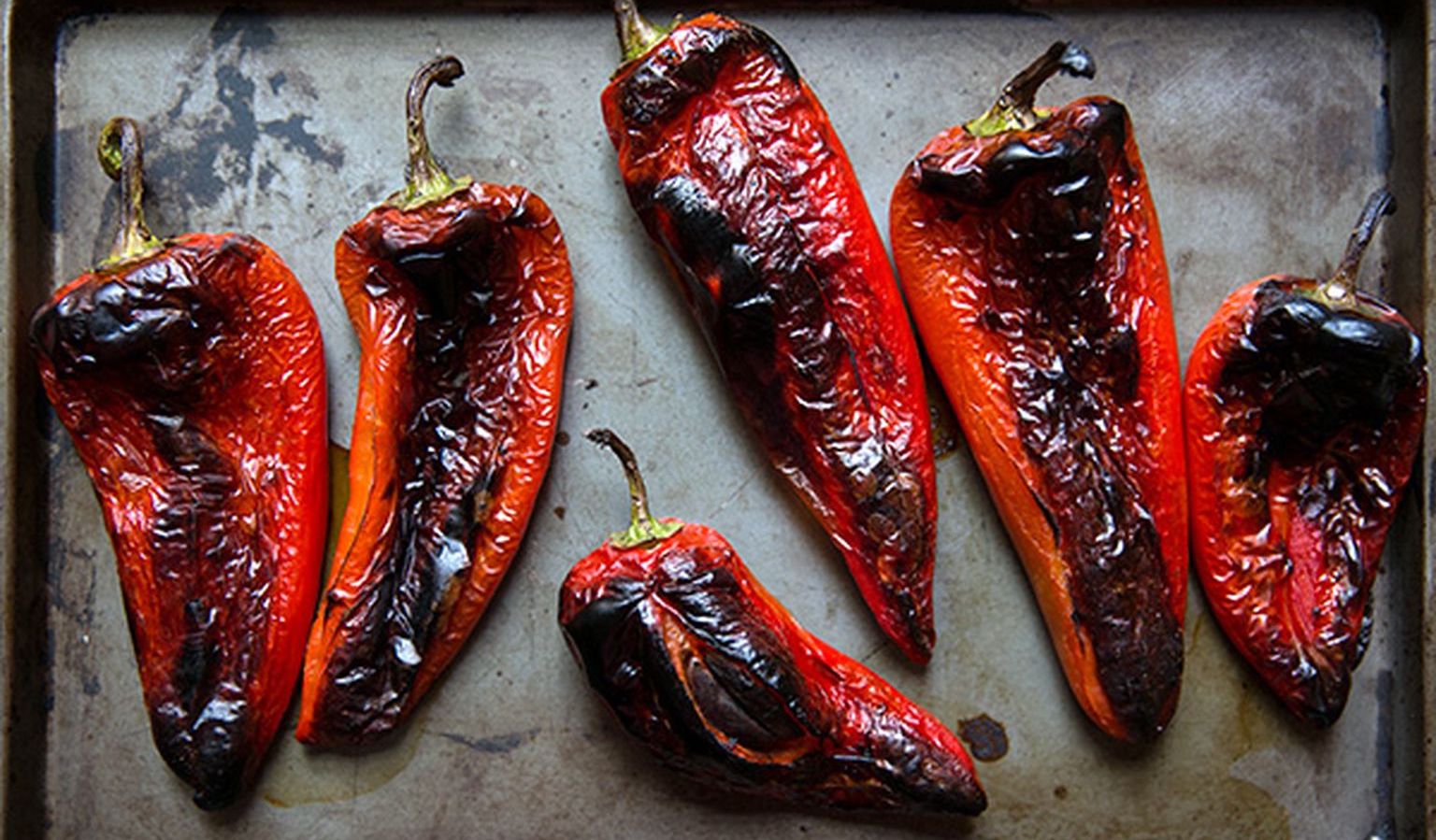
Guide to Peppers: Some Like It Hot!
A recent newsletter from Ginger Rapport, Market Master of the Beaverton Farmers Market, featured this guide to the peppers that are tumbling into local farmers markets right now.
Chile versus Chili
If you like it hot, then this is your time of the year because it is chile season.
According to Chef Mark Miller, author of the The Great Chile Book, the generally accepted convention is that chile refers to the plant or pod while chili refers to the dish made from meat and chiles. The name pepper is a misnomer that has existed since Christopher Columbus saw his first capsicum and erroneously thought that he had found the plant that produces black pepper, which has no relation to capsicum. However, the name pepper is still used interchangeably with chile.
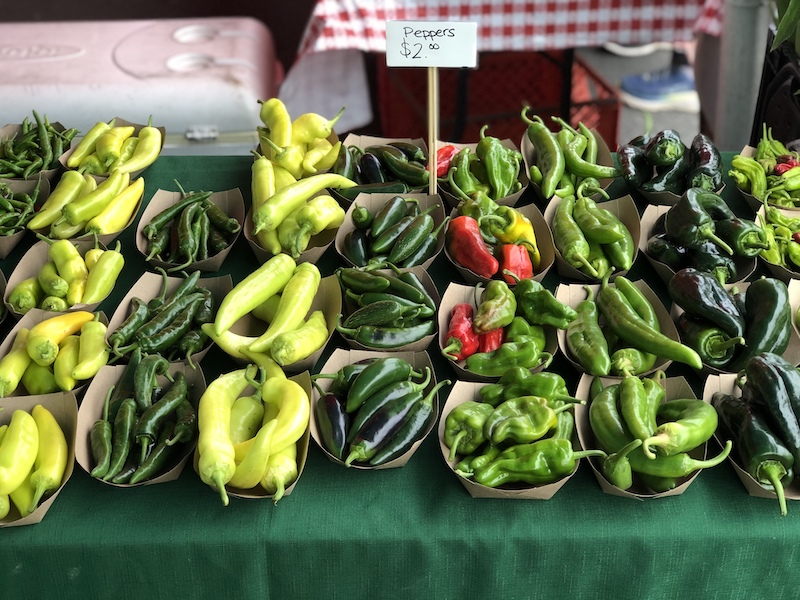
The chemical in chile peppers that gives them heat is capsaicin [pron. cap-SAY-uh-sin] which is technically a neurotoxin. It stimulates the adrenal glands to release hormones, which theoretically create an energy rush. The fiery sensation you feel also triggers the brain to produce endorphins, natural painkillers that promote a sense of well-being and stimulation. They can also make you sweat, which is your body’s natural air conditioner. This would explain why chiles figure prominently in cuisines in and around the tropics.
Depending upon whether you like them hot, mild, or somewhere in between, you will want to make informed decisions when purchasing chiles. The first thing that you should know is that the heat level in a chile is rated on a scale known as the Scoville Heat Index. Invented by Wilbur Scoville, it ranks chiles in order from mildest to hottest with zero being the mildest and the hottest being over a million. In general, the smaller the chile, the hotter it is.
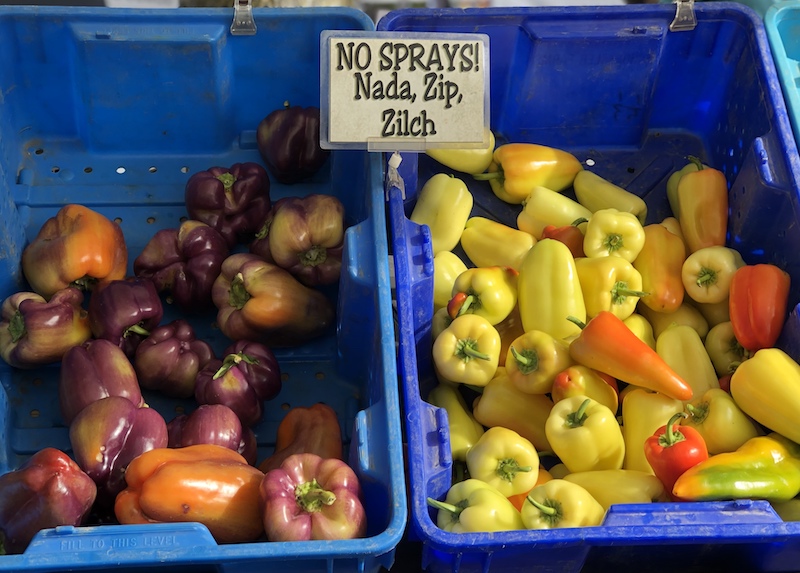
We’ve included the Scoville ranking* for each. Most of the heat is located in the seeds and white ribs inside. Removing the seeds and ribs, using only the flesh of the chile, will give you all of the flavor and less of the heat. Keep in mind that you should use gloves when handling the hottest peppers to avoid irritating your skin. It is important that you do not touch anything, especially your face, before disposing of the gloves and washing your hands thoroughly.
Bell Peppers: Scoville 0. Bell peppers are sweet peppers. They add flavor but no heat to your food.
Anaheim Peppers: Scoville 1000. Big and mild, perfect for stuffing. The skin is a little tough but peels easily if you roast it first.
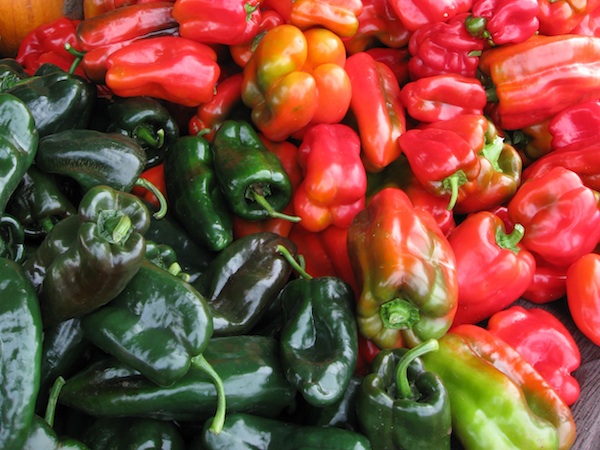
Poblano Peppers: Scoville 1,000-2,000. The classic chile for Chiles Rellenos. The have great flavor and enough heat to be zesty but not scorch anyone. As they mature, the skin reddens at which point they are dried and sold as Ancho chiles.
Jalapeno Pepper: Scoville 2,000-8,000. This is the most commonly used pepper in the U.S. It is spicy but not overwhelming.
Serrano Pepper: Scoville 10,000-25,000. Similar in flavor to the Jalapeno only much hotter, Usually small, about 2” and green in color. A general rule of thumb is that the smaller the serrano, the hotter it will be.
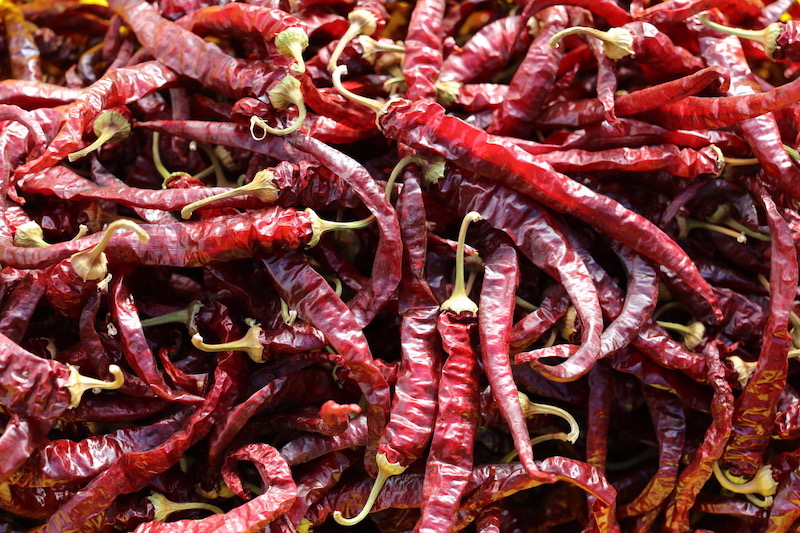
Cayenne Pepper: Scoville 25,000-50,000. When you want to add heat to food this is a good choice. Red in color, the Cayenne is usually dried and used in powdered form.
Thai Chile: Scoville 50,000-100,000. This pepper is classified as “very hot." It is a very small pepper and is commonly called for in Thai recipes.
Habanero Chile Pepper: Scoville 150,000-350,000. Of the hot peppers most commonly used, this is the hottest. Its color ranges from green to yellow to pink. It is very short but don’t let that fool you, this chile is scorching hot!
Other peppers you will find in the market:
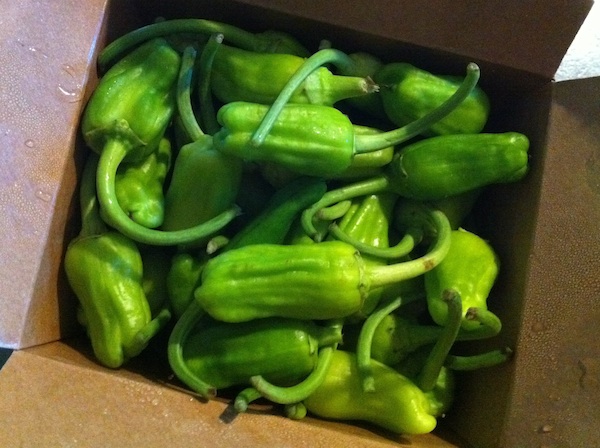
Padron Peppers. Originally from Spain, they are harvested young and small and they typically have no seeds. This makes them mild, perfect for eating whole. Farmers tell us that about one in every 12 will be surprisingly hot and there is no way to know which one packs the extra punch. [Tradition dictates that getting the hot pepper brings luck.] Sauté in olive oil until blistered and shower with salt. Serve hot.
Shishito. Popular in Japan, these are very similar to Padron peppers, but are more consistently sweet and mild. Serve them sautéed like Padrons, or drizzle with soy sauce and sesame oil. Very tasty in tempura.
The Dozen Spiciest Cuisines
Chiles play a prominent role in the dishes of many countries. According to Eater.com, the dozen spiciest world cuisines are: Chinese (Sichan), Ethiopian, Ghanaian, Liberian, Nigerian, Indian, Japanese, Korean, Mexican, Peruvian, Senegalese, Southern Italian and Sicilian, Tibetan and, last but not least, Thai.
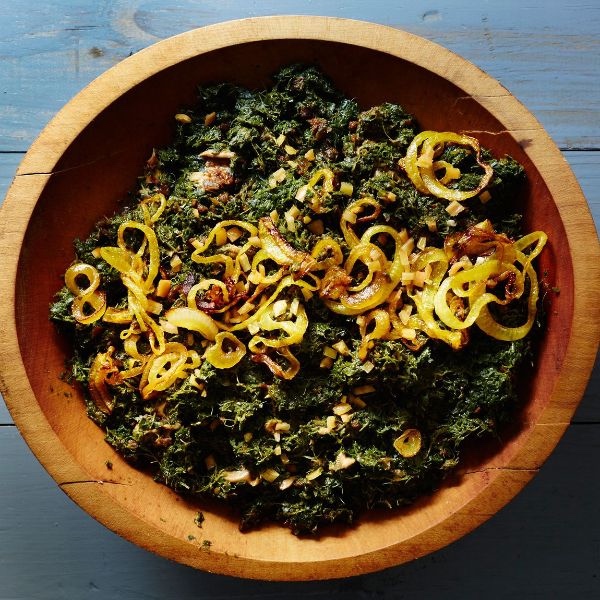
If you are looking to spice up your life, make sure to look beyond Mexican food. While we love the spicy south of the border cuisine, chiles traditionally pack a punch in curries, stir-fries, rice and noodle dishes, salads and condiments from all over the world.
We love a good comfort dish like Chinese-American General Tso's Chicken and this West African one-pot favorite, Creamed Collard Greens with Peanut Butter and Chiles.
Roasting Red Pepper Primer
Many recipes call for roasting your peppers and roasted red peppers are a great addition as a condiment to sandwiches or added to hummus. We found two foolproof methods for roasting and skinning your red peppers, no matter your kitchen setup.
Our favorite method is charring over a gas burner. It's quick and easy with very little cleanup. If you have an electric stove, the next best option is to roast the peppers in the oven under the broiler.
* Scoville rankings are often given in a range because varieties and growing conditions vary.